Image Archive

















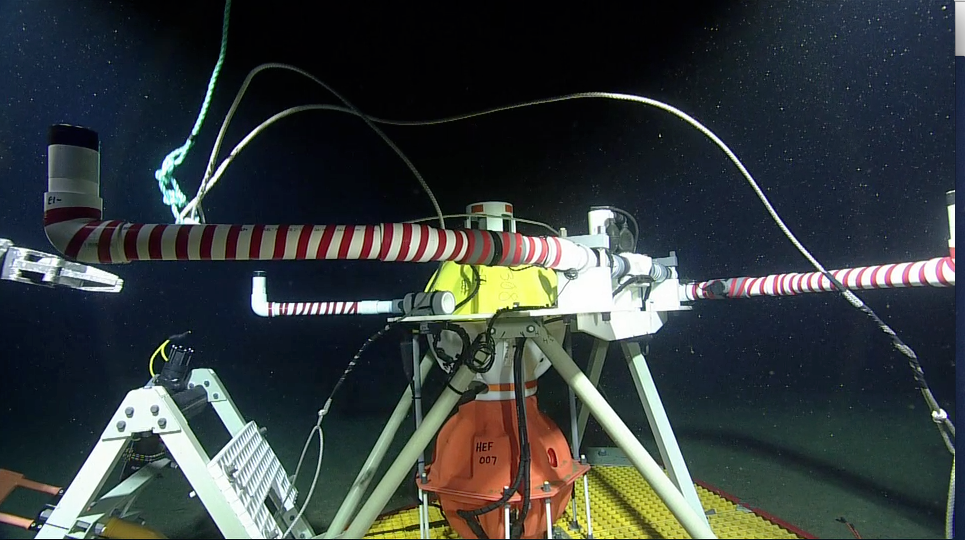

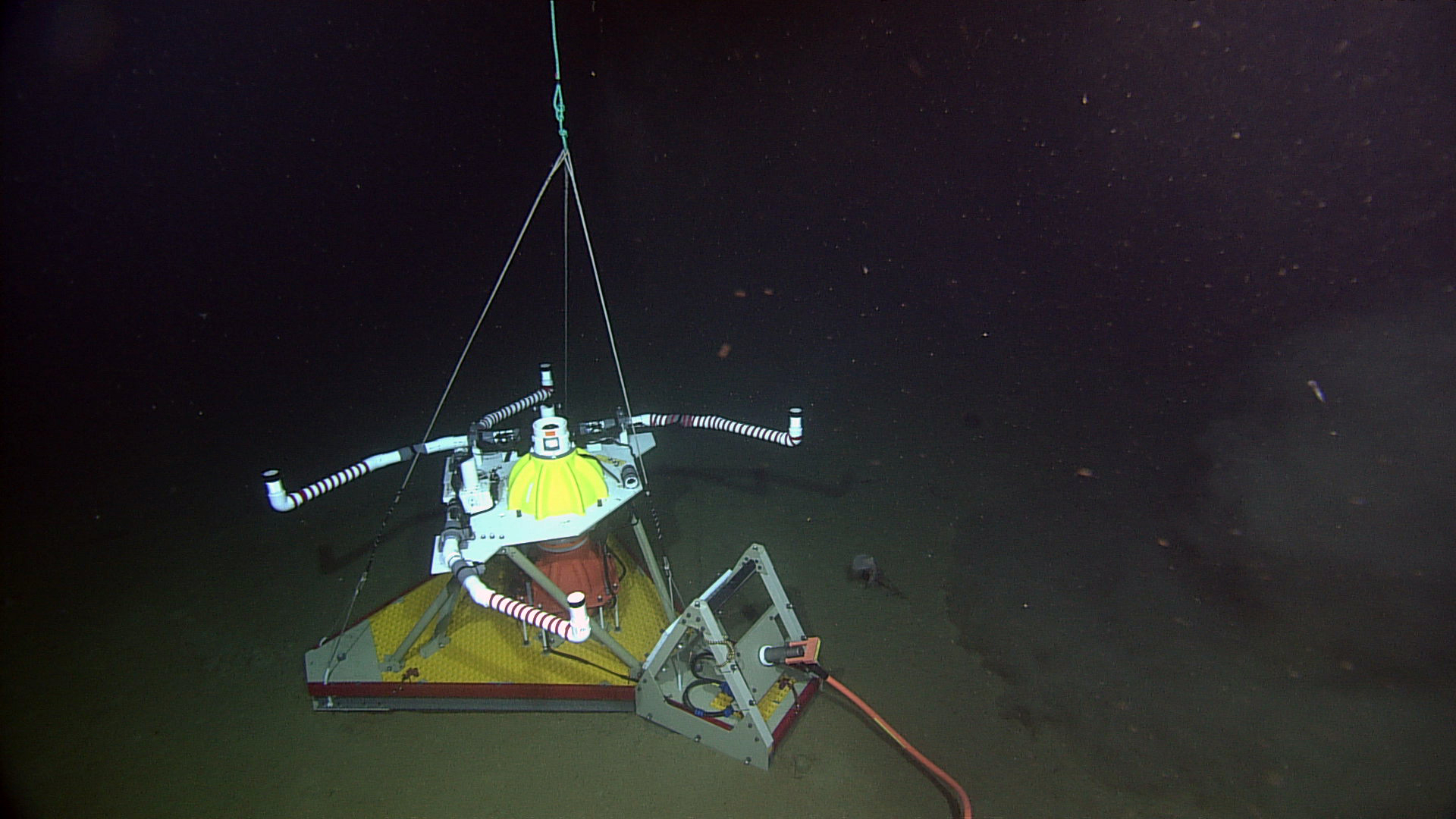


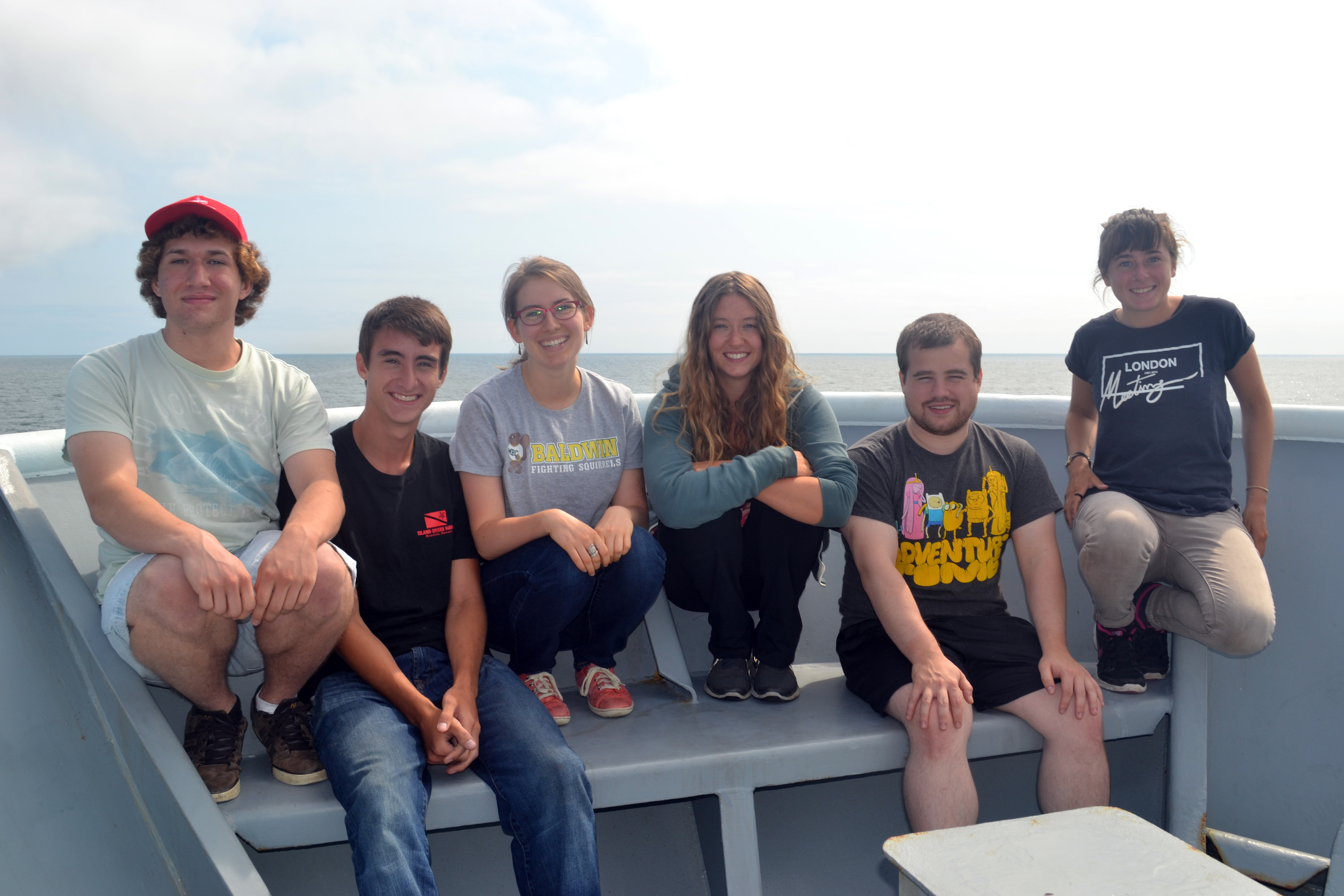
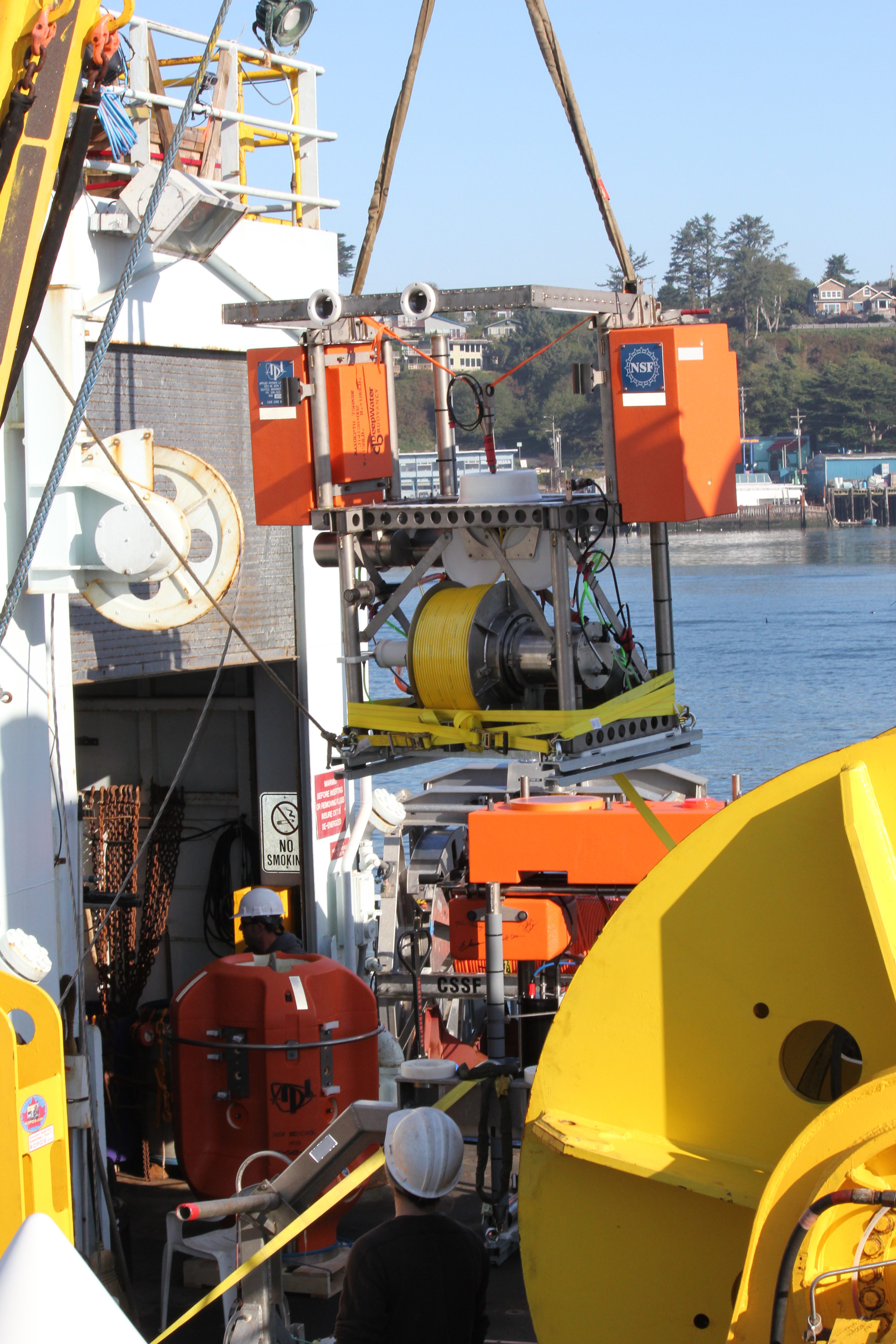

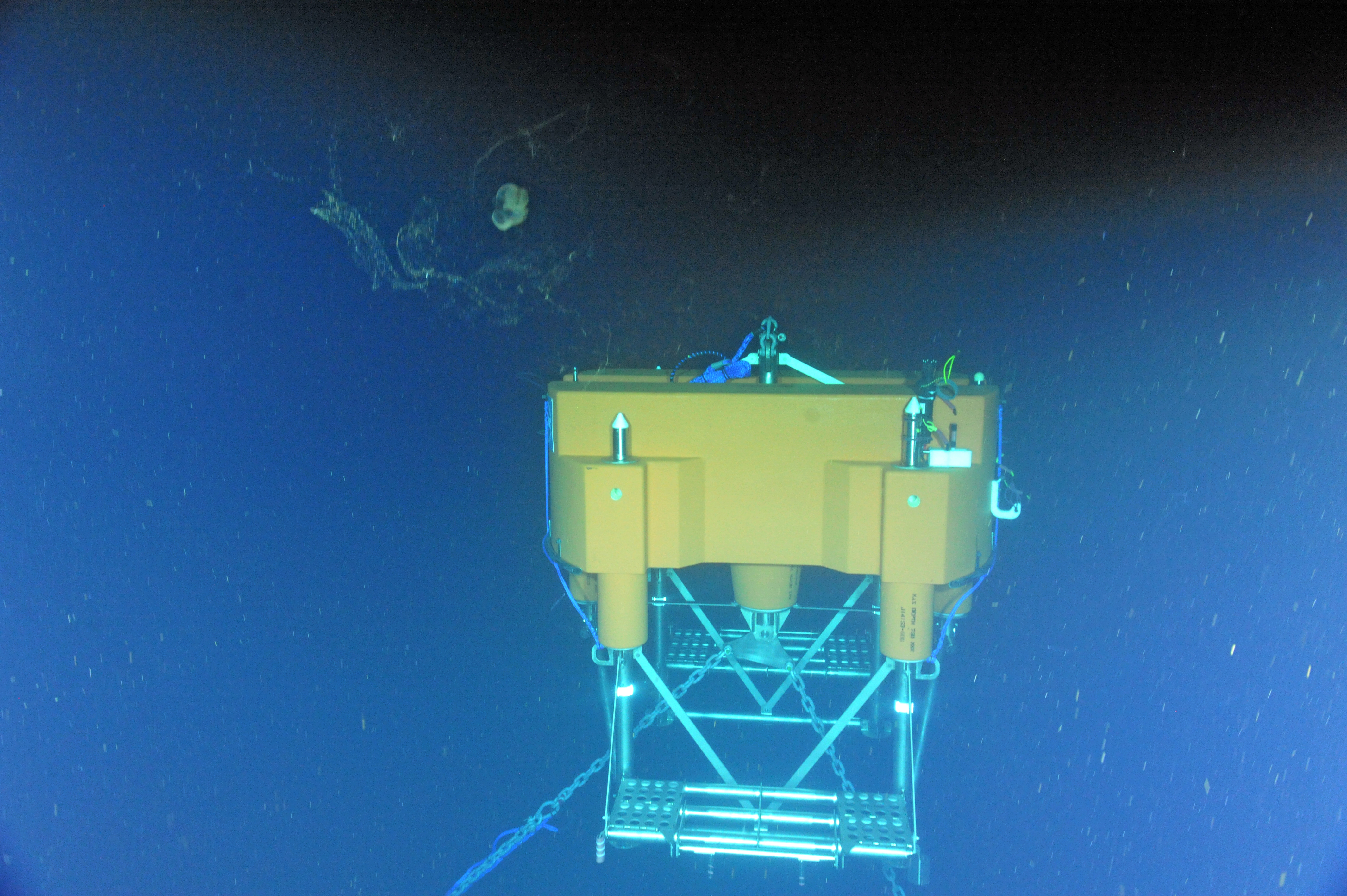



screenshot2014-08-28at11.57.24am

screenshot2014-08-28at11.55.02am

screenshot2014-08-28at11.45.45am

hell_s_2011

screenshot2014-08-28at11.41.58am

screenshot2014-08-28at11.39.49am

escargo_resprobe_2013

screenshot2014-08-28at11.36.13am

Boiling ~350 fluids issue from the summit of El Guapo, looking like flames in the dark. Credit. UW/NSF-OOI/CSSF; V11.

screenshot2014-08-28at11.29.44am

screenshot2014-08-28at11.27.44am

screenshot2014-08-28at11.25.37am

screenshot2014-08-28at11.22.13am

9m_chimney_2011_2

screenshot2014-08-28at11.17.20am

A nursery of Neptunea snails rest atop their egg stalks, babysitting them until the adult snails die and fall off the stalks. The eggs are laid on small carbonate cobbles. Rockfish, sole, spider crabs, and hermit crabs wander through the forest of stalks. Photo credit: NSF-OOI/UW/CSSF; Dive R1758; V14.

screenshot2014-08-28at10.07.07am

screenshot2014-08-28at10.04.23am

Leg 4 VISIONS '14 undergraduate and graduate students include Oceanography, Engineering, and Earth and Space Sciences. Image Credit: Mitch Elend, University of Washington; V14.

The Horizontal Electrometer-Pressure-Inverted Echosounder (HPIES -HPIESA101) installed at the Slope Base site. Photo credit: NSF-OOI/UW/CSSF; Dive R1757; V14.

octopus.junk_med

r1636_00126.sm_.camera.thermistor.low_

Leg 3 students on the VISIONS'14 Expedition gather on the bow of the R/V Thompson. Photo Credit. Mitch Elend, UW; V14.

During the port call for Leg 4 in Newport, Oregon, the UW-APL-built Shallow Winched Profiler was loaded onto the R/V Thompson. The system has an underwater level wind that "spools" out yellow cable, which will provide power and communications to an attached instrument "pod" (orange bulbous-shaped package bottom left). The profiler will be located at a water depth of ~197 m on the already installed mooring at the EA Offshore Site. Several times a day the instrument pod will rise from the 197-m-deep platform to just beneath the ocean's surface making critical chemical and biological measurements. Photo Credit: Skip Denny, APL-UW; V14.

The back deck of the R/V Thompson was fully loaded with instruments, junction boxes, cable spools, and mooring components that were installed during Leg 4. Image Credit: Skip Denny, UW-APL; V14.

The two-legged Shallow Profiler Mooring was installed on ROPOS Dive R1753 at the Oregon Offshore Site (600 m). The instrumented winched shallow profiler and platform instrument systems will be installed on Leg 4. Photo credit: NSF-OOI/UW/CSSF; Dive R1753; V14.

Poetry Banner

screenshot2014-08-25at10.07.53am
- Anemone
- Animal
- Arthropod
- ASHES
- Axial
- Axial Base
- Axial Biology
- Axial Caldera
- Bacteria
- Basalt Lava
- BEP
- Biofouling
- biolgoy
- Biology
- Camds
- Camera
- Camhd
- Central Caldera
- Ciliates
- Cnidaria
- Coastal Biology
- Crab
- Deep Profiler Mooring
- Dive Highlights
- Eastern Caldera
- Echinoderms
- Endurance Array
- Engineering Team
- ENLIGHTEN 10
- Exploratorium
- Fish
- Geology
- HD Camera
- HPIES
- Hydrate Ridge
- Hydrates
- Hydrophone
- Hydrothermal Vents
- Illustration
- Inshore 80 Meters
- Instrument
- International District
- J-BOX
- Jason
- Jellyfish
- Junction Box
- K12
- Lava
- Mollusk
- Moorings
- Nodes
- Nudibranch
- Octopus
- OOI
- Oregon Offshore
- Oregon Offshore 600 m
- Oregon Shelf
- Oregon Slope Base
- People
- PN1B
- PN1D
- Polychaetes
- PPSDN
- Primary Node
- RASFL
- ROCLS
- ROPOS
- ROPOS Dives
- ROV Team
- RV Revelle
- RV Sikuliaq
- RV Thompson
- Salp
- Sample
- SC13
- Science Team
- Sea Cucumber
- Sea Star
- Sea Urchin
- Seafloor
- Seismometer
- Sensors
- Shallow Profiler Mooring
- Shark
- Shipboard
- Shore Station
- Slope Base
- Smoker
- Soft Coral
- Southern Hydrate Ridge
- Sponge
- Squid
- Students
- Students & Guest Participants
- Tmpsf
- Tubeworms
- VISIONS 11 Leg 1
- VISIONS 11 Leg 2
- VISIONS 11 Viewers
- VISIONS 13
- VISIONS 14
- VISIONS 15
- VISIONS 16
- VISIONS 17
- VISIONS 18
- VISIONS 20
- VISIONS 22
- VISIONS 23
- Visualization
